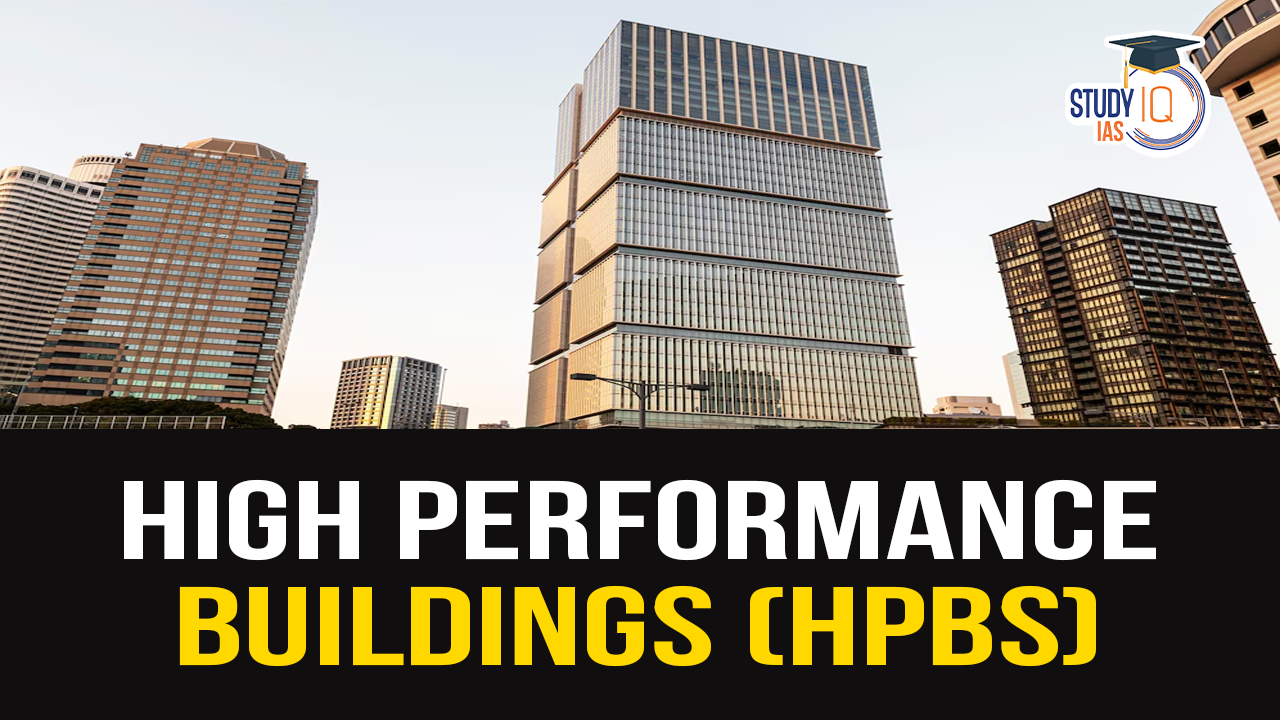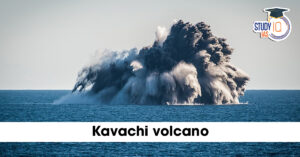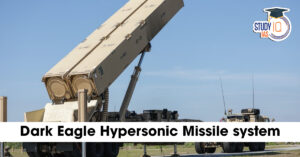Table of Contents
In India, buildings contribute over 30% of national energy use and 20% of carbon emissions, as reported by the Bureau of Energy Efficiency. As urbanisation accelerates, India risks exceeding global benchmarks for energy efficiency and carbon emissions in buildings. In such a scenario, HPBs offer resilience through adaptive, self-sufficient structures.
High Performance Buildings (HPBs)
- HPBs are buildings that are designed to be more efficient and sustainable than what is required by building codes.
- They are designed to use less energy for heating, cooling, lighting and ventilation.
- HPBs also consider other factors, such as: Durability, Life-cycle performance, Occupant comfort and productivity.
| Difference between Green Buildings & HPBs |
|
Features of HPBs
- Sustainable design: These buildings are designed to be aesthetically pleasing, accessible, cost-effective, safe, and secure.
- Energy efficiency: High-performance buildings are designed to use energy efficiently and reduce greenhouse gas emissions.
- Indoor air quality: These buildings are designed to improve indoor air quality and often include active ventilation. They use materials with lower amounts of volatile organic compounds (VOCs).
- Sustainable materials: High-performance buildings are made from sustainable materials, often recycled materials.
- Thermal comfort: These buildings are designed to provide thermal comfort and appropriate humidity levels.
- Optimal lighting and acoustics: These buildings are designed to have optimal lighting and acoustics.
| Did You Know |
| Indira Paryavaran Bhavan in New Delhi is India’s first net zero energy building that has been constructed with the adoption of solar passive design and energy-efficient building materials. |
Other Initiatives
- GRIHA (Green Rating for Integrated Habitat Assessment):
- It is a national rating tool that helps people assess the performance of their building against certain nationally acceptable benchmarks.
- It is developed by The Energy & Resources Institute (TERI) with support from the Ministry of New & Renewable Energy (MNRE).
- Lighting a Billion Lives (LaBL):
- It is an initiative that aims to provide clean and sustainable energy access to people across the world.
- It is also an initiative by TERI.
- LEED (Leadership in Energy and Environmental Design):
- It is a green building rating system that provides a framework for creating efficient, healthy, and cost-saving buildings. It is a globally recognized symbol of sustainability achievement.
- It is developed by S. Green Building Council (USGBC).


 Speedy Justice and the Crisis in Consume...
Speedy Justice and the Crisis in Consume...
 Kavachi Volcano: Location, Features, Eru...
Kavachi Volcano: Location, Features, Eru...
 Dark Eagle Hypersonic Missile System: Fe...
Dark Eagle Hypersonic Missile System: Fe...

























